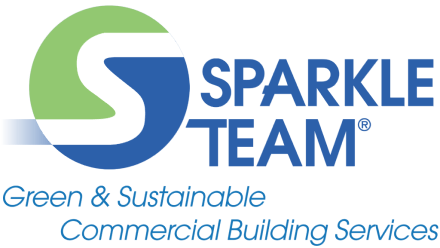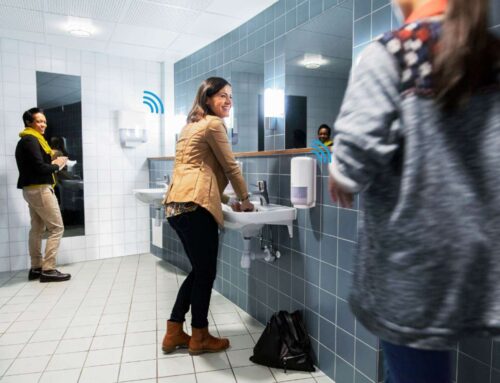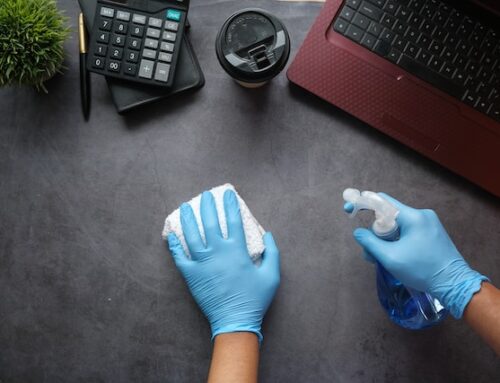It’s good hygienic practice to wash our hands frequently. We are constantly touching objects, surfaces and people. Studies show that frequent hand washing reduces the risk of illness and reduces sick days, which may be a reason why anti-bacterial soaps grew rapidly as people associated antibacterial with a better clean. But is it really? At the advent of antibacterial soap use research had not yet been conducted to expose the dangers of exposure to the chemicals in these germ-destroying soaps.
Triclosan is the antibacterial chemical that is commonly added to antibacterial soap and lotions and has been used in both residential and commercial products for more than 30 years. Studies conducted on animals have shown triclosan can interfere with hormones critical for normal brain and reproductive system development, and the CDC estimates that the chemical is found in the urine of 75% of the U.S. population. Also disturbing is that triclosan has demonstrated evidence of contributing to antibiotic resistance in bacteria known to cause infections, including “super-bug” bacteria.
Given the negatives associated with anti-bacterial soap, are there any positives? Interestingly enough, studies show that using soap containing triclosan does not reduce human illnesses or infections any more than using regular soap. Johnson & Johnson removed triclosan from all baby products and is committed to phasing out the use of triclosan in their products by 2015. Colgate Palmolive started removing the chemical in 2011. Bath and Body Works removed triclosan from their soaps just last year after consumer complaints. Minnesota is the first state to ban the use of products that contain triclosan and Iowa and New York have introduced legislation to ban its use as well. The U.S. Green Building Council LEED certification does not allow chemicals to contain anti-microbials such as triclosan, therefore LEED Certified buildings do not use antibacterial soap and never did. What about your building? What type of soap do you use?




